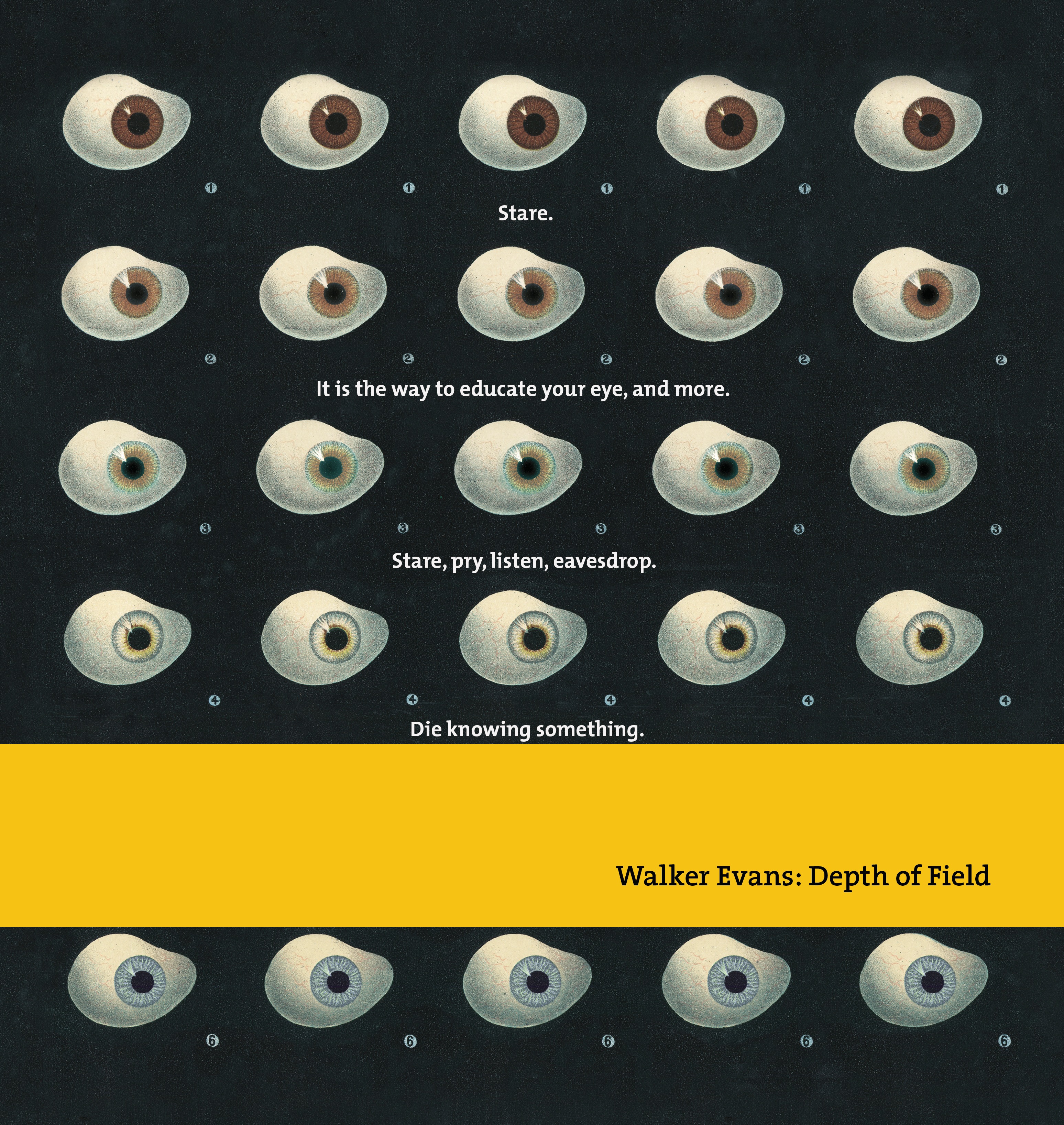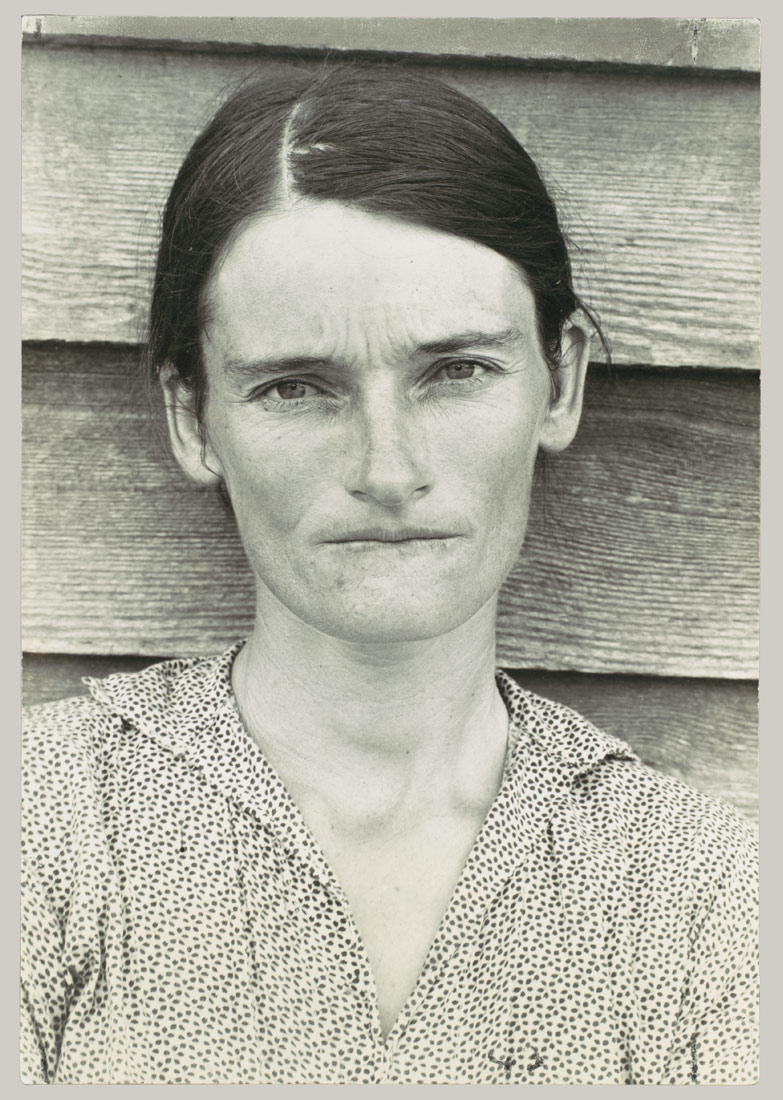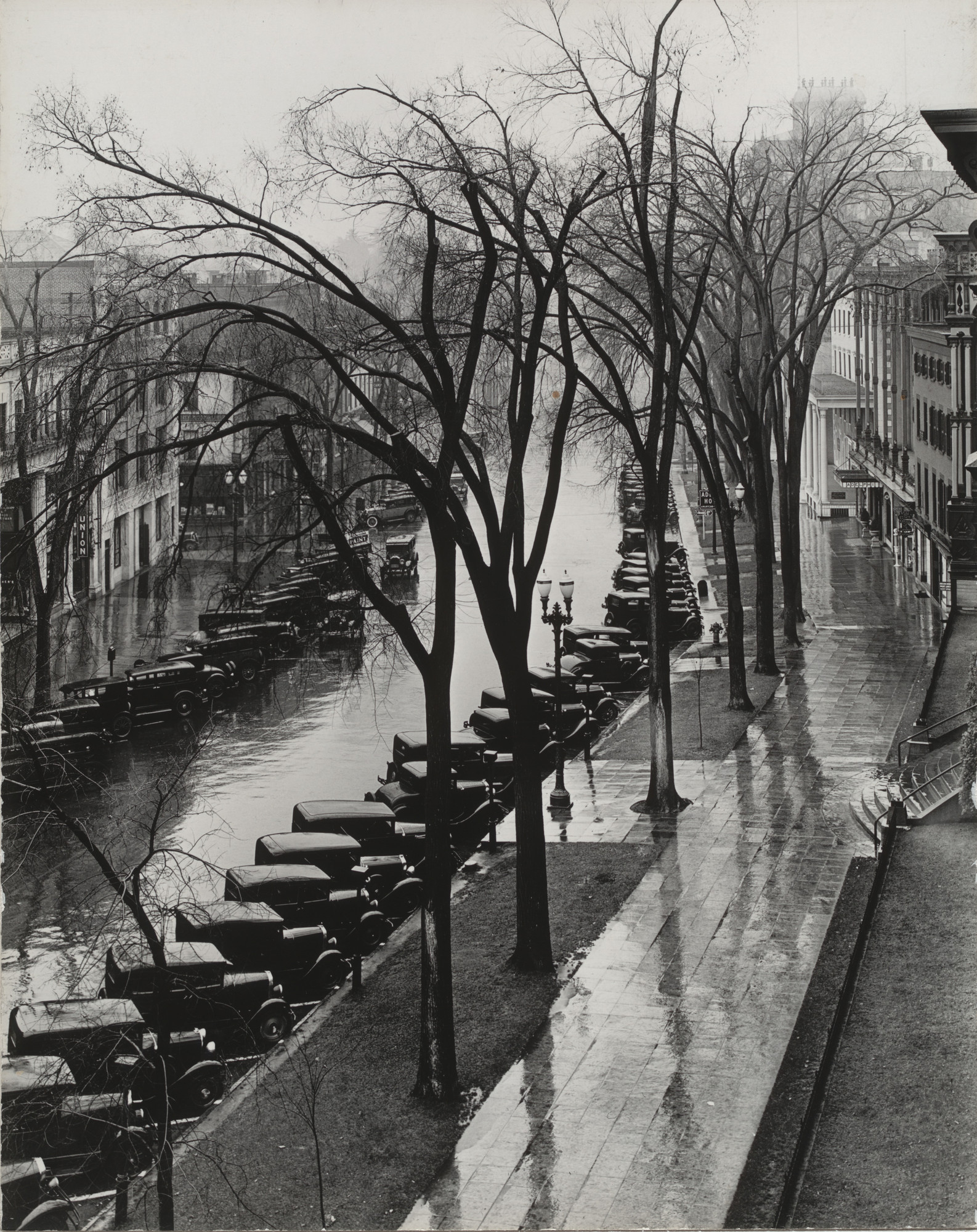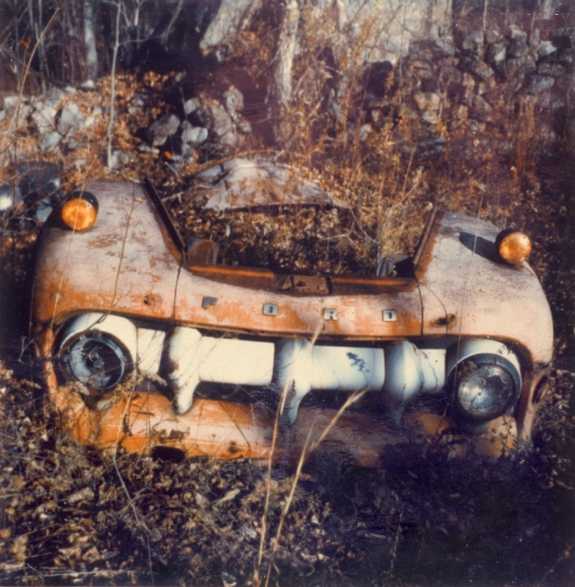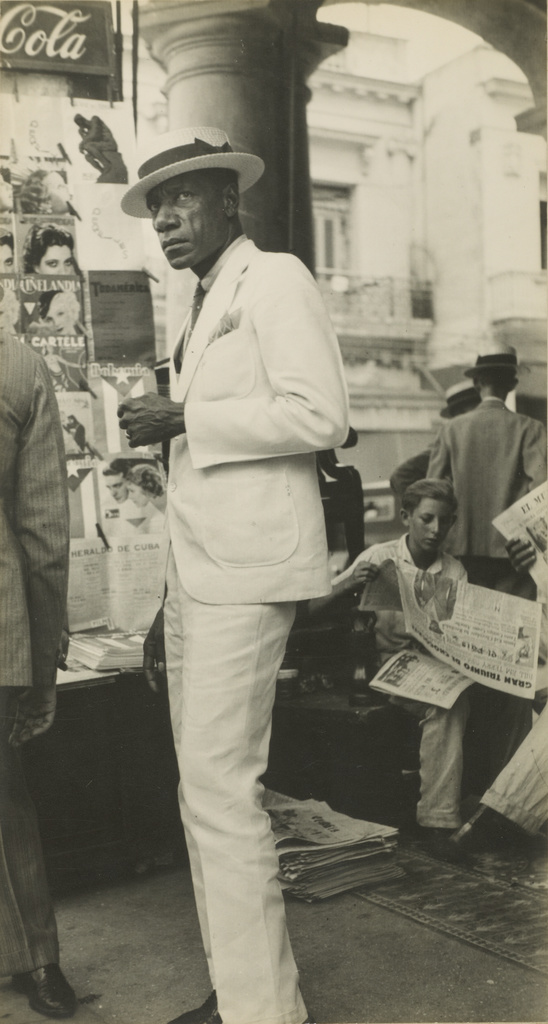Walker Evans: Depth of Field
High Museum of Art, Atlanta
June 11 - September 11, 2016
Vancouver Art Gallery
October 29, 2016 -
Vancouver Art Gallery
October 29, 2016 -
Vancouver Art Gallery is presenting an exhibition of work
by Walker Evans, a preeminent American photographer who shaped the history of twentieth-century
photography. Opening on October 29, 2016, Walker Evans: Depth of Field features over 200
photographs from the 1920s to the 1970s, including the iconic images Evans made in the American
South during the Great Depression—work that played a major role in solidifying the term we now refer
to as documentary photography. This exhibition addresses the full arc of his career and is the most
comprehensive look at Evans’ work ever presented in Canada.
“The significance of Walker Evans in the establishment of photography as art can hardly be overemphasized. His work serves as the nexus for many strands of twentieth-century photography, and holds a special significance in Vancouver, a city that has become widely associated with conceptually rigorous photography over the past three decades. Evans’ emphasis on the everyday and his historically inflected vision have been a model for generations of photographers and an important point of reference for Vancouver-based artists to this day. As an institution that is specialized in exhibiting and collecting photography, we are honoured to be a partner on this project, and we look forward to presenting this comprehensive exhibition to our audiences,” said Kathleen S. Bartels, Director of the Vancouver Art Gallery.
“The significance of Walker Evans in the establishment of photography as art can hardly be overemphasized. His work serves as the nexus for many strands of twentieth-century photography, and holds a special significance in Vancouver, a city that has become widely associated with conceptually rigorous photography over the past three decades. Evans’ emphasis on the everyday and his historically inflected vision have been a model for generations of photographers and an important point of reference for Vancouver-based artists to this day. As an institution that is specialized in exhibiting and collecting photography, we are honoured to be a partner on this project, and we look forward to presenting this comprehensive exhibition to our audiences,” said Kathleen S. Bartels, Director of the Vancouver Art Gallery.
Born in St. Louis, Missouri, Evans initially aspired to become a writer. He studied literature for a year
at Williams College in Massachusetts and spent time in Paris during the mid-1920s, where he
encountered the work of a range of modern European photographers. He began his career in 1928, working in the vein of
European Modernism, or the so-called “New Vision,” which emphasized
striking, unconventional perspectives. As his work progressed, he began
to develop his own visual idiom, influenced greatly by his encounters
with European artistic and literary trends during his time in Paris in
1926.
Evans was deeply moved by two major European photographers of the first decades of the 20th century—Eugène Atget and August Sander—whose pictorial ideas were straightforward and quiet in spirit. Modern European literature was equally important to Evans, particularly the writing of French poet Charles Baudelaire, whose work celebrated ordinary life in the streets, and Gustave Flaubert, who emphasized objectivity and the non-appearance of the author in artistic expression. “Depth of Field” examines how Evans’ early exposure to these European creative ideals enabled him to recognize the aesthetic possibilities of capturing everyday life and landscapes in the United States.
After returning to the United States, Evans began to realize that the artistic material he was looking for was right in front of him, in the symbols and faceless architecture of the commercial world, the traces of everyday life found in cheap cafés and small-town streets and the widespread deprivations of the Great Depression.
By the 1930s Evans had developed a singular approach to image making that drew upon a concise narrative structure associated with literature and placed him on the path of becoming one of the world’s most important photographers. His precise and lyrical images of modern America in the making would frame the development of documentary photography in Europe and North America and serve as a significant point of orientation for numerous artists who came after him, including Diane Arbus, Bernd and Hilla Becher, Lee Friedlander, Robert Frank and Helen Levitt, among many others.
Organized chronologically, the retrospective begins with early work from the late 1920s, including some of Evans’ lesser-known projects, such as the Brooklyn Bridge, The Crime of Cuba and Antebellum Architecture, which will be presented together for the first time as discrete photographic essays. The exhibition then moves forward in time to the indelible images Evans made for the Farm Security Administration during the Great Depression in the American South, the covert views he created in the subway system of New York in the late 1930s and early 1940s, the little-studied work he produced over his two decades as a staff photographer at Fortune magazine, to the often- overlooked Polaroid images Evans’ made toward the end of his career.
The exhibition is curated by John T. Hill, a photographer, designer and writer with assistance from Grant Arnold, Audain Curator of British Columbia Art. Hill was the first director of graduate studies in photography at Yale University, where he became a friend and colleague of Walker Evans, and eventually became the executor of Evans’ estate. He has published five books including Walker Evans: First and Last; Walker Evans at Work; Walker Evans: Havana 1933; Walker Evans: The Hungry Eye, awarded the Prix Nadar (Paris) and a Kraszna-Krausz Book Award (London); and Walker Evans: Lyric Documentary.
Co-organized by the High Museum of Art and the Josef Albers Museum Quadrat, Bottrop, in collaboration with the Vancouver Art Gallery, the exhibition is among the most thorough examinations ever presented of the photographer’s work and the most comprehensive Evans retrospective to be mounted in Europe, Canada and the southeastern United States.
In the same year, three of his Brooklyn Bridge photographs were published with Hart Crane’s epic poem, “The Bridge.”
Accompanying the exhibition is a comprehensive and extensively illustrated publication that investigates the trans-Atlantic roots of Evans’ practice and his development of a compellingly lyrical documentary style. The book examines in detail the complex development of Evans’ oeuvre from his early street photography, to his iconic photographs of the Great Depression to his later embrace of colour photography. Over 400 pages, the hardcover publication features essays by John T. Hill, Heinz Liesbrock, Jerry L. Thompson, Alan Trachtenberg and Thomas Weski and features extensive illustrations ranging from the artist’s earliest images taken with a vest pocket camera to his final Polaroid photographs of the 1970s.
Evans was deeply moved by two major European photographers of the first decades of the 20th century—Eugène Atget and August Sander—whose pictorial ideas were straightforward and quiet in spirit. Modern European literature was equally important to Evans, particularly the writing of French poet Charles Baudelaire, whose work celebrated ordinary life in the streets, and Gustave Flaubert, who emphasized objectivity and the non-appearance of the author in artistic expression. “Depth of Field” examines how Evans’ early exposure to these European creative ideals enabled him to recognize the aesthetic possibilities of capturing everyday life and landscapes in the United States.
After returning to the United States, Evans began to realize that the artistic material he was looking for was right in front of him, in the symbols and faceless architecture of the commercial world, the traces of everyday life found in cheap cafés and small-town streets and the widespread deprivations of the Great Depression.
By the 1930s Evans had developed a singular approach to image making that drew upon a concise narrative structure associated with literature and placed him on the path of becoming one of the world’s most important photographers. His precise and lyrical images of modern America in the making would frame the development of documentary photography in Europe and North America and serve as a significant point of orientation for numerous artists who came after him, including Diane Arbus, Bernd and Hilla Becher, Lee Friedlander, Robert Frank and Helen Levitt, among many others.
Organized chronologically, the retrospective begins with early work from the late 1920s, including some of Evans’ lesser-known projects, such as the Brooklyn Bridge, The Crime of Cuba and Antebellum Architecture, which will be presented together for the first time as discrete photographic essays. The exhibition then moves forward in time to the indelible images Evans made for the Farm Security Administration during the Great Depression in the American South, the covert views he created in the subway system of New York in the late 1930s and early 1940s, the little-studied work he produced over his two decades as a staff photographer at Fortune magazine, to the often- overlooked Polaroid images Evans’ made toward the end of his career.
The exhibition is curated by John T. Hill, a photographer, designer and writer with assistance from Grant Arnold, Audain Curator of British Columbia Art. Hill was the first director of graduate studies in photography at Yale University, where he became a friend and colleague of Walker Evans, and eventually became the executor of Evans’ estate. He has published five books including Walker Evans: First and Last; Walker Evans at Work; Walker Evans: Havana 1933; Walker Evans: The Hungry Eye, awarded the Prix Nadar (Paris) and a Kraszna-Krausz Book Award (London); and Walker Evans: Lyric Documentary.
Co-organized by the High Museum of Art and the Josef Albers Museum Quadrat, Bottrop, in collaboration with the Vancouver Art Gallery, the exhibition is among the most thorough examinations ever presented of the photographer’s work and the most comprehensive Evans retrospective to be mounted in Europe, Canada and the southeastern United States.
In addition to the High’s collection, the
exhibition draws photographs from such prominent institutions as The
Museum of Modern Art and Yale University Art Gallery. More than 50
photographs are on loan from Atlanta residents Marian and Benjamin A.
Hill, longtime supporters of the High and among the most significant
private collectors of Evans’ work.
About Walker Evans
“Stare. It is the way to educate your eye, and more. Stare, pry, listen, eavesdrop. Die knowing something. You are not here long.” – Walker Evans
Walker Evans III was born Nov. 3, 1903, in
St. Louis. Like other important American artists of his time, he spent
his early years in the Midwest before moving to the more cosmopolitan
East Coast to find a place in the culture of his era. Following a year
in Paris in 1926, he returned to live in New York City in 1927. At the
time, Evans thought of himself as a writer, though he had already begun
to photograph using a small tourist camera. In New York City, his
photographic vision developed very quickly and came to reveal a sure
mastery of visual form—a complexity in both describing and understanding
the rapidly changing postwar world.
In 1930 two of his pictures of New York
City skyscrapers were published in a German book on architecture.
In the same year, three of his Brooklyn Bridge photographs were published with Hart Crane’s epic poem, “The Bridge.”
Others photographs soon appeared
in New York arts and literary magazines, and in 1933 a selection of his
works was exhibited in New York’s new Museum of Modern Art.
In 1935
Evans secured a position as information specialist with the newly
organized Resettlement Administration (later called the Farm Security
Administration). Toward the end of this engagement, he and his friend,
the writer James Agee, took on a Fortune magazine assignment, an essay
on cotton tenant farmers in rural Alabama. This Fortune/FSA
collaboration would lead to the groundbreaking book “Let Us Now Praise
Famous Men.”
Evans left the FSA in 1938. That same year, to accompany a
retrospective of Evans’ work, The Museum of Modern Art published a
collection of his pictures in “American Photographs,” which would come
to be considered one of the most influential books of 20th century photography. In 1945, Evans joined Fortune magazine as its first staff photographer, where he remained until 1965.
Evans’ prominence grew with a large
exhibition at the Art Institute of Chicago in 1947, and his photographs
frequently appeared in group exhibitions at other museums throughout the
mid-20th century. Following the republication of “Let Us Now Praise
Famous Men” and “American Photographs” in the early 1960s, Evans began
to be known and respected by a new generation of photographers. This
interest continued to build, culminating in a second retrospective of
his work at New York’s Museum of Modern Art in 1971, which subsequently
toured the United States. Evans continued to create, sell and exhibit
his photographs until his death in 1975.
“Walker Evans: Depth of Field” Publication
Accompanying the exhibition is a comprehensive and extensively illustrated publication that investigates the trans-Atlantic roots of Evans’ practice and his development of a compellingly lyrical documentary style. The book examines in detail the complex development of Evans’ oeuvre from his early street photography, to his iconic photographs of the Great Depression to his later embrace of colour photography. Over 400 pages, the hardcover publication features essays by John T. Hill, Heinz Liesbrock, Jerry L. Thompson, Alan Trachtenberg and Thomas Weski and features extensive illustrations ranging from the artist’s earliest images taken with a vest pocket camera to his final Polaroid photographs of the 1970s.
Walker Evans
Truck and Sign, 1930Gelatin silver print
Yale University Art Gallery, Everett V. Meeks, B.A. 1901, Fund, 2009.163.1
Walker
Evans Main Street, Saratoga Springs, New York , 1931 silver gelatin print Private
collection
Walker
Evans Torn Movie Poster , 1931 silver gelatin print Private collection
Walker
Evans Tin snips, by J. Wiss & Sons Co. , $1.85 , 1955 ink jet print Private collection
Walker
Evans NEHI, Sign from Advance, Alabama collected by William Christenberry and exhibited by Walker
Evans at the Yale University Art Gallery
in 1971 porcelain on metal Collection of William and Sandra Christenberry
Walker
Evans Junk Yard Truck Grill, West Lyme, Connecticut , 1973-75 ink jet print Private collection
Walker
Evans Citizen in Downtown Havana , 1933 silver gelatin print Collection of the
Museum of Modern Art, New York, Lily
Auchincloss Fund



